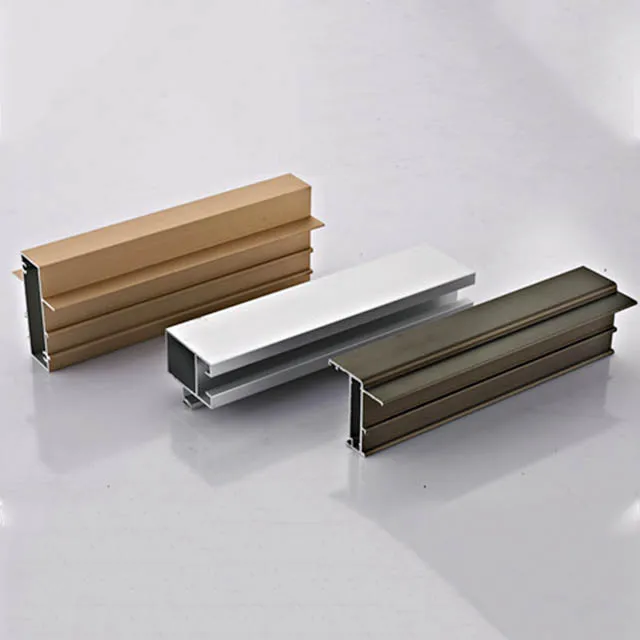
What are the methods and steps for using sealing additive?
2024-04-08 15:30
Sealing additive agent plays a vital role in metal processing and surface treatment. It can not only improve the corrosion resistance and wear resistance of the product, but also enhance the sealing performance and protect the surface of the product from erosion by the external environment. However, the correct methods and procedures for using sealing additive agents may not be clear to many people. Today, we will delve into this issue and share the tips and procedures for using sealing additive agent to help you easily cope with the challenges in metal surface treatment work.
1. Determine the applicable sealing additive agent type
First, understand the different types of sealing additive agents and determine the applicable type based on actual needs. Common sealing additive agents include organic sealing agents, inorganic sealing agents and aqueous sealing agents. Choose the appropriate type according to product materials, usage environment and requirements to ensure the best sealing effect and performance.
2. Preparation and surface treatment
Before using the sealing additive agent, preparation and surface treatment are required to ensure that the surface is clean and of appropriate roughness. Cleaning the surface can effectively remove oil, dirt and impurities, and improve the adhesion and sealing effect of the sealing agent. At the same time, through appropriate surface treatment, such as sandblasting, polishing, etc., the surface roughness can be increased and the adhesion and sealing performance of the sealing agent can be improved.

3. Coating sealing additive agent
Next, apply the sealing additive agent evenly on the surface to be sealed. You can choose appropriate coating tools, such as brushes, spray guns, etc., to apply coating according to the shape and size of the product. During the coating process, attention should be paid to maintaining uniform coating and complete coverage to avoid missed coating and waste to ensure the consistency and stability of the sealing effect.
4. Drying and curing
After the coating is completed, the sealing additive agent needs to be dried and cured to ensure that the sealing agent can fully adhere to the surface and exert the best sealing effect. Normally, the curing time and temperature of the sealing additive agent will vary according to the product material and sealing agent type, so it needs to be adjusted and controlled according to the production process requirements.

5. Carry out follow-up processing and detection
Finally, after completing the coating and curing of the sealing additive agent, follow-up processing and testing are required to ensure that the sealing effect and quality meet the requirements. It can test the surface finish and sealing performance, as well as evaluate the adhesion and durability of the sealing agent, and make timely adjustments and repairs if problems are found.
Correct usage methods and procedures are crucial to the effectiveness and performance of sealing additive agents. By selecting the appropriate sealing agent type, performing preparation and surface treatment, uniform coating, and curing and drying, we can ensure the stability and reliability of the sealing effect, improve product quality and performance, and meet customer needs and expectations.








